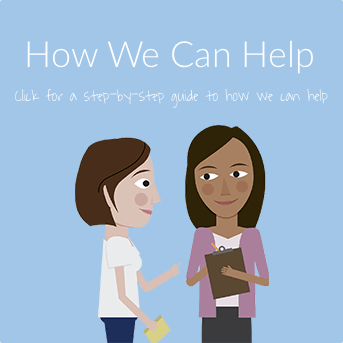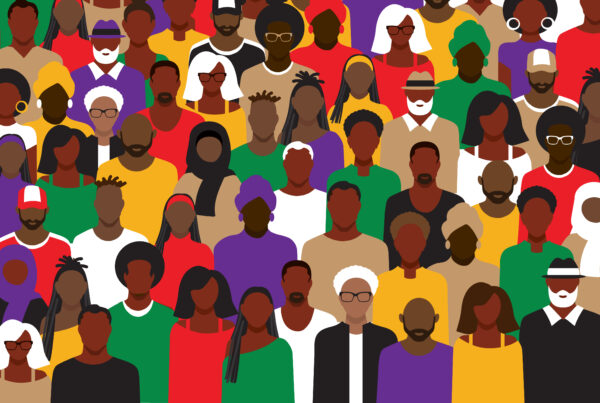How Learn to Live Delivers CBT: Part 4
Thoughts affect our feelings
Around here, we put a lot of consideration into our approach to thoughts. Our cognitive behavioral therapy (CBT) programs include the idea that your cognitions (thoughts) — the C in CBT—affect how we feel and that idea can change our worlds. That realization was central to the cognitive revolution that was led by pioneers like Aaron Beck and Albert Ellis. So, their ideas are integrated into our programs.
To examine our thoughts, we must first identify them. We introduced the sentence stems I created several years ago (e.g., “They might think I’m ___” or “It’s all my fault that___.”). But sometimes it is possible to identify thoughts from a menu. We do this in our social anxiety, panic, and insomnia programs. Once we know the thought, we can examine it.
Then, our members walk through a series of Socratic questions. Meaning, they ask themselves questions about their thought.
The first group of questions we ask ourselves addresses the question of whether we overestimate the risk of something bad will happen, or if it is true now. So, we start with questions about whether or not our personal history backs this up. For example, we would ask ourselves, “Has this bad thing come true for me before?” And how about the history of others. Has it come true for them? If not, am I jumping to conclusions?
Painting a New Picture
Then we stop and do some mental stretches. We do this as we try to paint a new picture of what might be true now or in the future. I like the idea of imagining it as a visual image. That means doing a cross-modal exercise to break out of our thinking rut. If I had originally imagined that the person who cut me off in traffic did so because they did not respect me (picture #1), I now take time and imagine other pictures that could be true. Perhaps they did not see me (picture #2). Or they were simply rushing to get to the emergency room (picture #3). When I imagine myself painting other pictures that COULD be true, I am forcing myself to be flexible in my thinking. I might quickly see that my original thought was not necessarily true. I might see mindreading or fortune-telling lurking in my thoughts.
By this point, we have made progress in examining whether or not the thought is likely to be true and accurate. Or maybe we began to imagine other less misery-inducing possibilities.
Note to reader here: this process is not about positive thinking. This is not painting a rosy picture and realizing everything is going to be fantastic. Instead, we really are trying to be more reasonable and flexible. So there is a chance I will conclude that things might go poorly because sometimes we really do have car accidents. Sometimes our kids really do get sick or make bad choices. People do get mad at us or judge us. Sometimes we do lose our jobs.
How bad would it really be?
At this point, we pretend for a while that the bad thing really came true, and ask ourselves several questions. So how bad is it, in the scheme of world events, if that driver of the blue SUV—who I will likely never see again—actually does not respect me? I rate it on the continuum between “Okay” and “Not Survivable.” And even if it is a big deal, is there a chance that I can find my way through it? Just like people often find their way through the big difficulties in life. Such as if I really do fail the final test, can I re-take the class?
I then ask myself what the single most important question in this process may be. How could I coach myself through the bad thing? What could I tell myself? Maybe I can learn to remind myself that I’m upset right now about the other driver and their disrespect of me. But I can also remind myself that this moment will pass. Plus I’ve bounced back from setbacks before. And what about the strong feelings if the bad thing happens? Well maybe I can take a page out of the mindfulness book. Simply let those strong feelings come and go on their own terms. Don’t fight them and don’t insist on feeling good right now.
I could go on and on — there are other good “putting-it-in-perspective” questions like “what would a caring friend say?” or “what would I say to a caring friend?”
At the end, I can button it all up with a new thought to replace my original thought. By the time I get to this point, I might’ve already seen that either it’s not likely to be true or even if it does come true, I can likely see that their judging of me or whatever really doesn’t matter that much to me. For some (like those with OCD), this process is not the answer at all. Good thing there are many other strategies in CBT. For others, this can be a step forward, one among many. And still for others, it’s life-changing. For them, it was very good to see just how different things looked, upon further examination.




